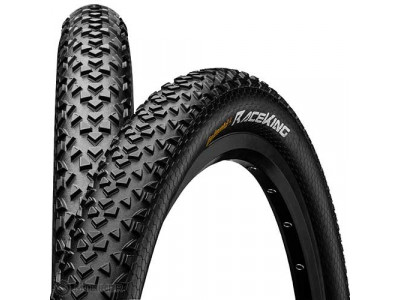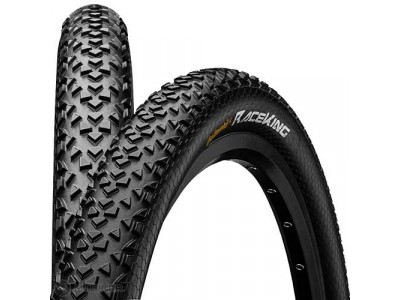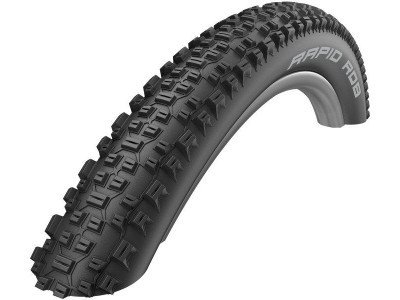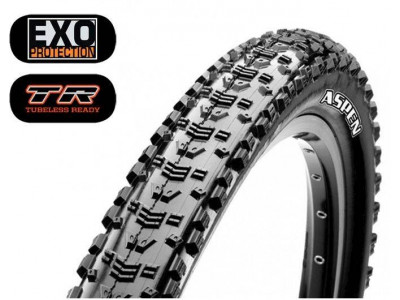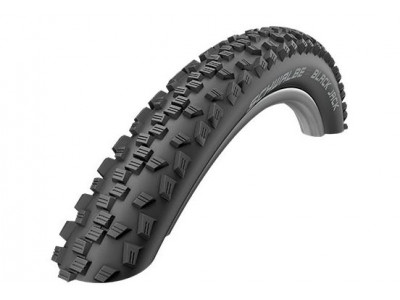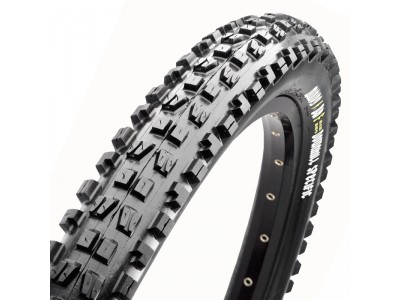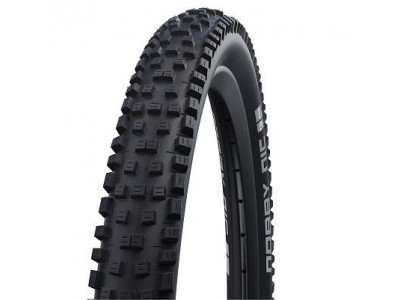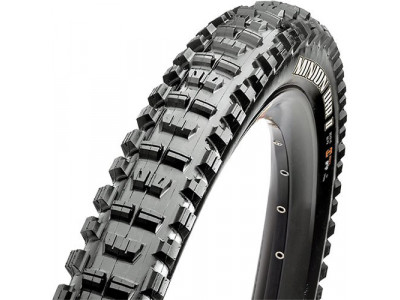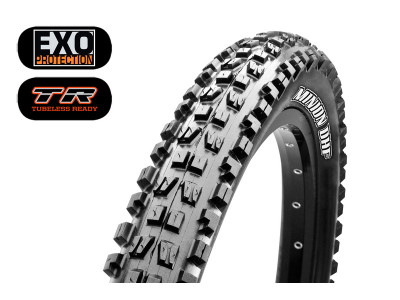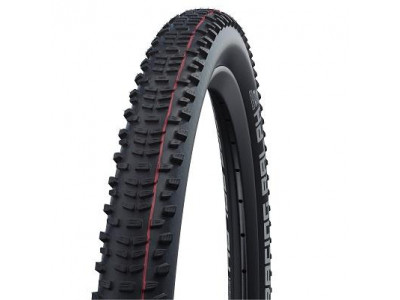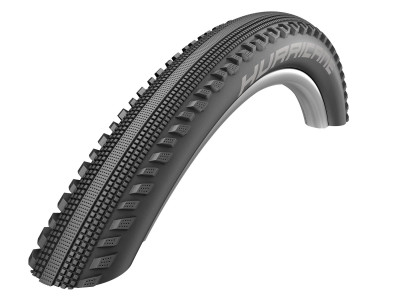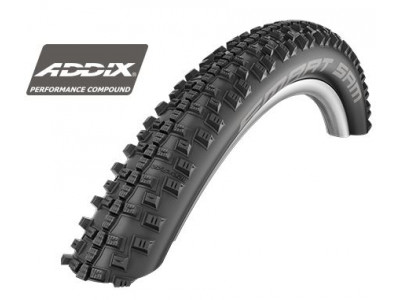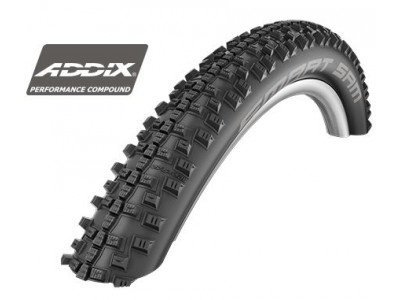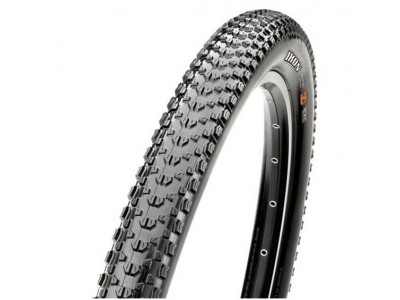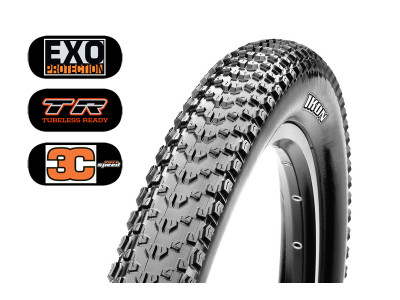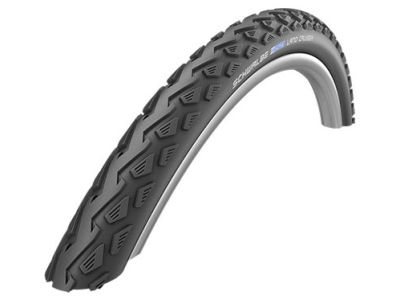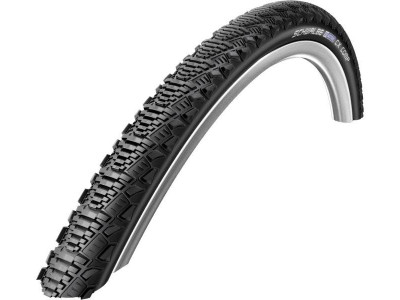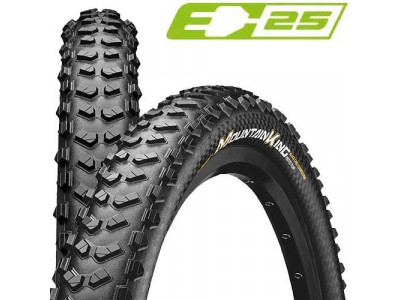
Sale -11% Continental Mountain King 29x2.30" ProTection tire, TLR, kevlar
48.99 €
-11%
RRP 64.90 €

Schwalbe Rocket Ron 29x2.25" Performance Addix TLR tire, kevlar
24.90 €
RRP 39.99 €
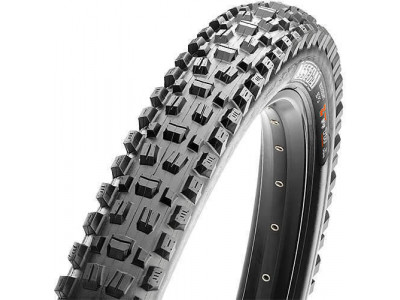
Sale -31% Maxxis Assegai 27.5x2.60" 3C EXO+ MaxxTerra tire, TR, kevlar
46.99 €
-31%
RRP 84.99 €

Sale -19% Pirelli Scorpion™ XC H 29x2.2" ProWALL tire, TLR, kevlar
56.99 €
-19%
RRP 77.99 €
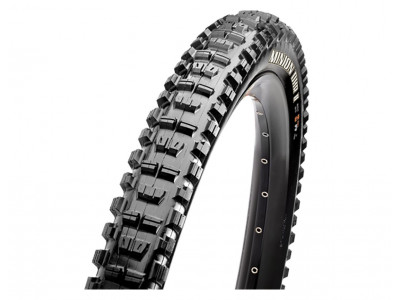
Sale -33% Maxxis Minion DHR II+ 29x3.00" EXO 3C MaxxTerra tire, TR, kevlar
45.99 €
-33%
RRP 85.99 €
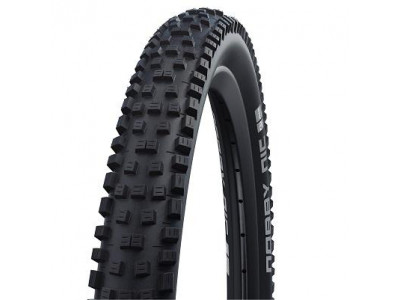
Schwalbe Nobby Nic 29x2.25" Performance Addix E-50 tire, TLR, kevlar
29.99 €
RRP 39.99 €
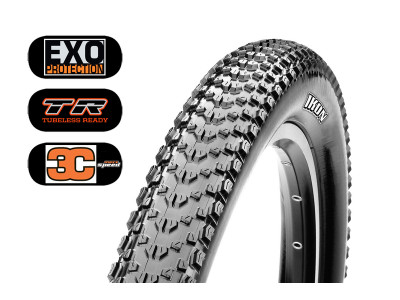
Sale -35% Maxxis Ikon 27.5x2.35" EXO 3C Maxx Speed tire, TR, kevlar
38.99 €
-35%
RRP 74.99 €
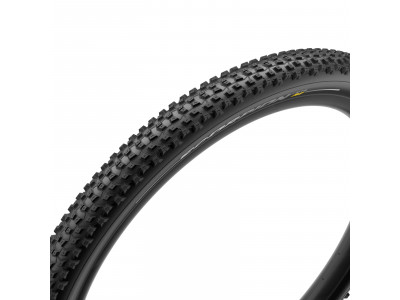
Sale -26% Pirelli Scorpion™ XC M 29x2.20" ProWALL SmartGRIP tire, kevlar
51.99 €
-26%
RRP 77.99 €
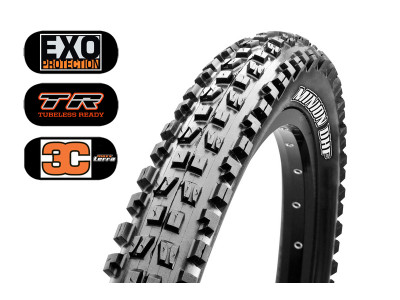
Sale Maxxis Minion DHF 29x2.50" WT 3C Maxx Terra EXO TR tire, kevlar
45.90 €
RRP 74.99 €
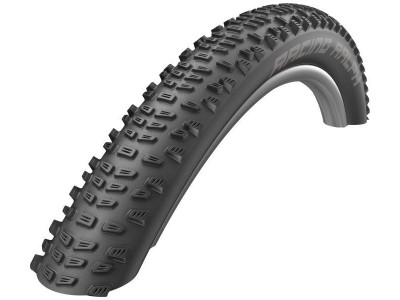
Schwalbe RACING RALPH 29x2.25" Addix Performance tire, TLR, kevlar
29.99 €
RRP 39.99 €
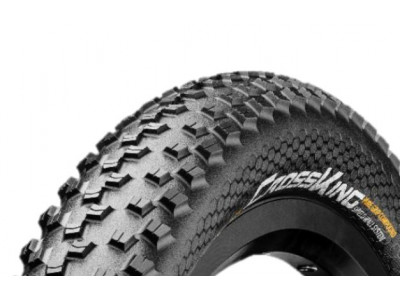
Sale -19% Continental Cross King 27.5x2.2" Performance tire, TLR, kevlar
24.99 €
-19%
RRP 35.99 €

Sale Maxxis Assegai 27.5x2.50" WT 3C MaxxGrip DoubleDown tire, TR, kevlar
66.90 €
RRP 89.99 €
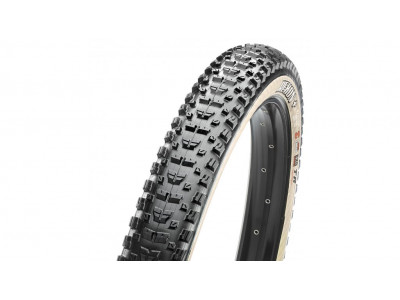
Sale -30% Maxxis Rekon 29x2.60" EXO tire, TR, kevlar, tanwall
38.99 €
-30%
RRP 69.99 €
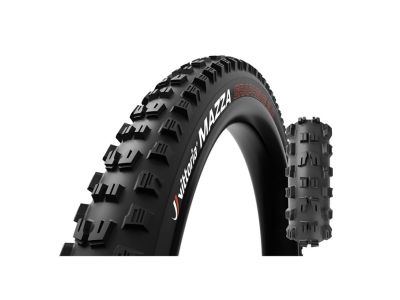
Sale Vittoria Mazza Trail 29x2.4" G2.0 4C tire, TNT, kevlar, anthracite
49.99 €
RRP 59.99 €
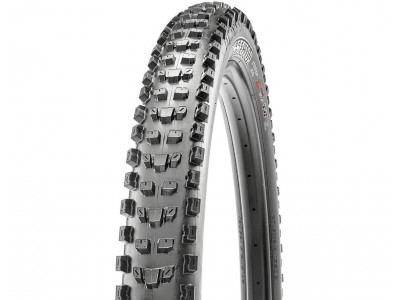
Sale -33% Maxxis Dissector 29x2.40" WT DD 3C MaxxGrip tire, TR, kevlar
45.99 €
-33%
RRP 85.90 €
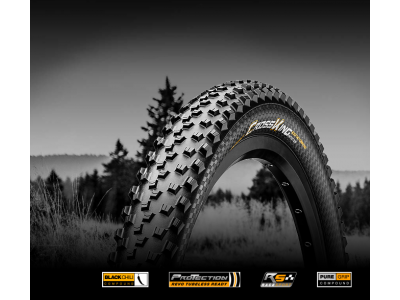
Sale -12% Continental Cross King 27.5x2.2" ProTection tire, TLR, kevlar
49.99 €
-12%
RRP 66.90 €
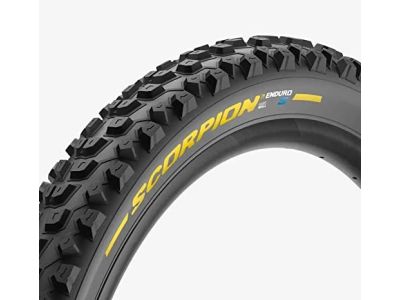
67.99 €
-14%
RRP 88.99 €
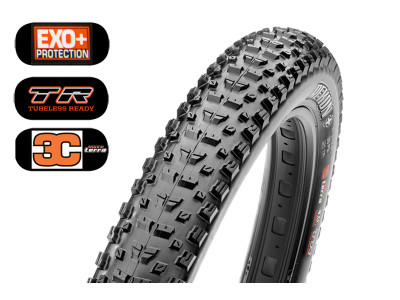
Sale Maxxis Rekon 27.5x2.60" WT 3C EXO+ MaxxTerra tire, TR, kevlar
49.90 €
RRP 84.99 €
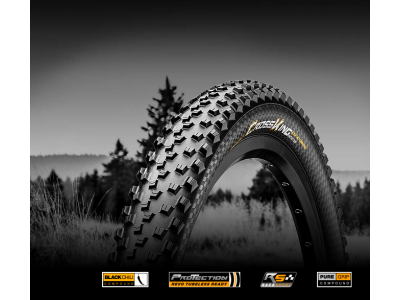
Sale -15% Continental Cross King 27.5x2.3" ProTection tire, TLR, kevlar
46.99 €
-15%
RRP 63.99 €
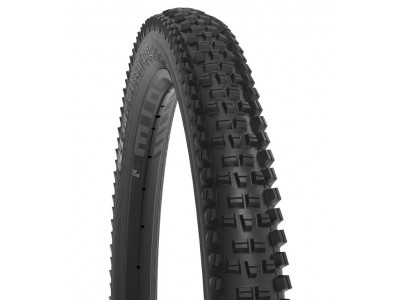
Clearance -23% WTB Trail Boss 27.5x2.40" Fast Rolling TriTec tire, TCS, kevlar
43.99 €
-23%
RRP 66.99 €
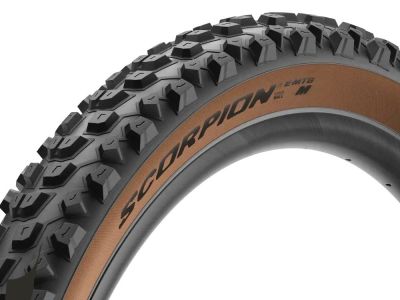
Sale -15% Pirelli Scorpion™ E-MTB M 29x2.60" HyperWALL SmartGRIP Gravity tire, TLR, kevlar, classic
65.99 €
-15%
RRP 86.99 €
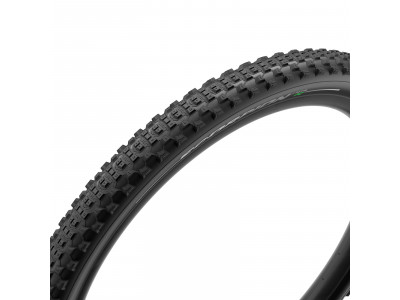
Sale -14% Pirelli Scorpion™ Trail R 29x2.4" ProWALL SmartGRIP tire, TLR, kevlar
59.99 €
-14%
RRP 77.99 €
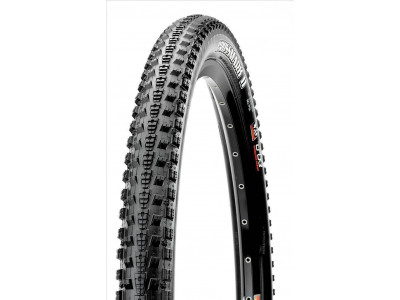
Sale -32% Maxxis Crossmark II 26x2.25" EXO tire, TR, kevlar
29.99 €
-32%
RRP 54.99 €
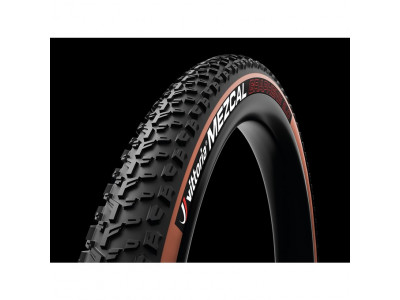
Vittoria Mezcal III 29x2.25" 4C G2.0 tire, TLR, kevlar, tan/blk/blk
56.90 €
RRP 59.99 €
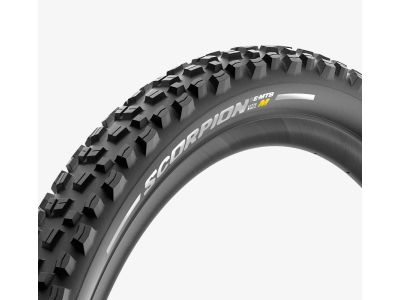
Sale -26% Pirelli Scorpion™ E-MTB M 29x2.60" HyperWALL SmartGRIP tire, TLR, kevlar
58.99 €
-26%
RRP 88.99 €
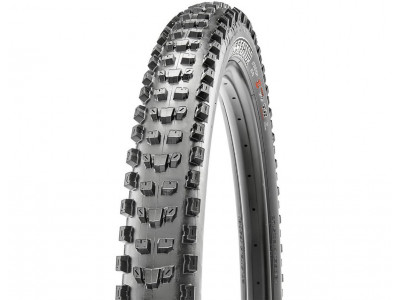
Sale -31% Maxxis Dissector 29x2.60" EXO+ 3C MaxxTerra tire, TR, kevlar
46.99 €
-31%
RRP 84.99 €
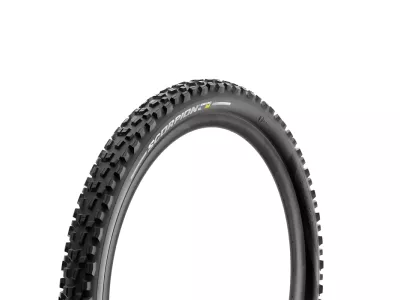
Sale -17% Pirelli Scorpion™ Enduro M 29x2.6" HardWALL tire, TLR, kevlar
61.99 €
-17%
RRP 83.99 €
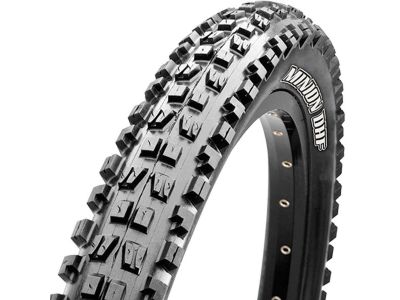
Sale -33% Maxxis MINION DHF 29x2.50" WT 3CG EXO+ tire, TR, kevlar
45.99 €
-33%
RRP 85.99 €

Sale -19% Continental Race King II 26x2.0" tire, TLR, kevlar
24.99 €
-19%
RRP 35.99 €
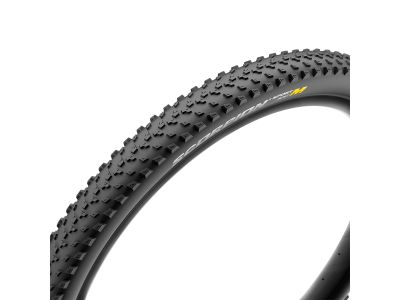
Sale -11% Pirelli Scorpion™ Sport XC M 29x2.4" ProWALL SmartGRIP tire, TLR, kevlar
38.99 €
-11%
RRP 48.99 €

